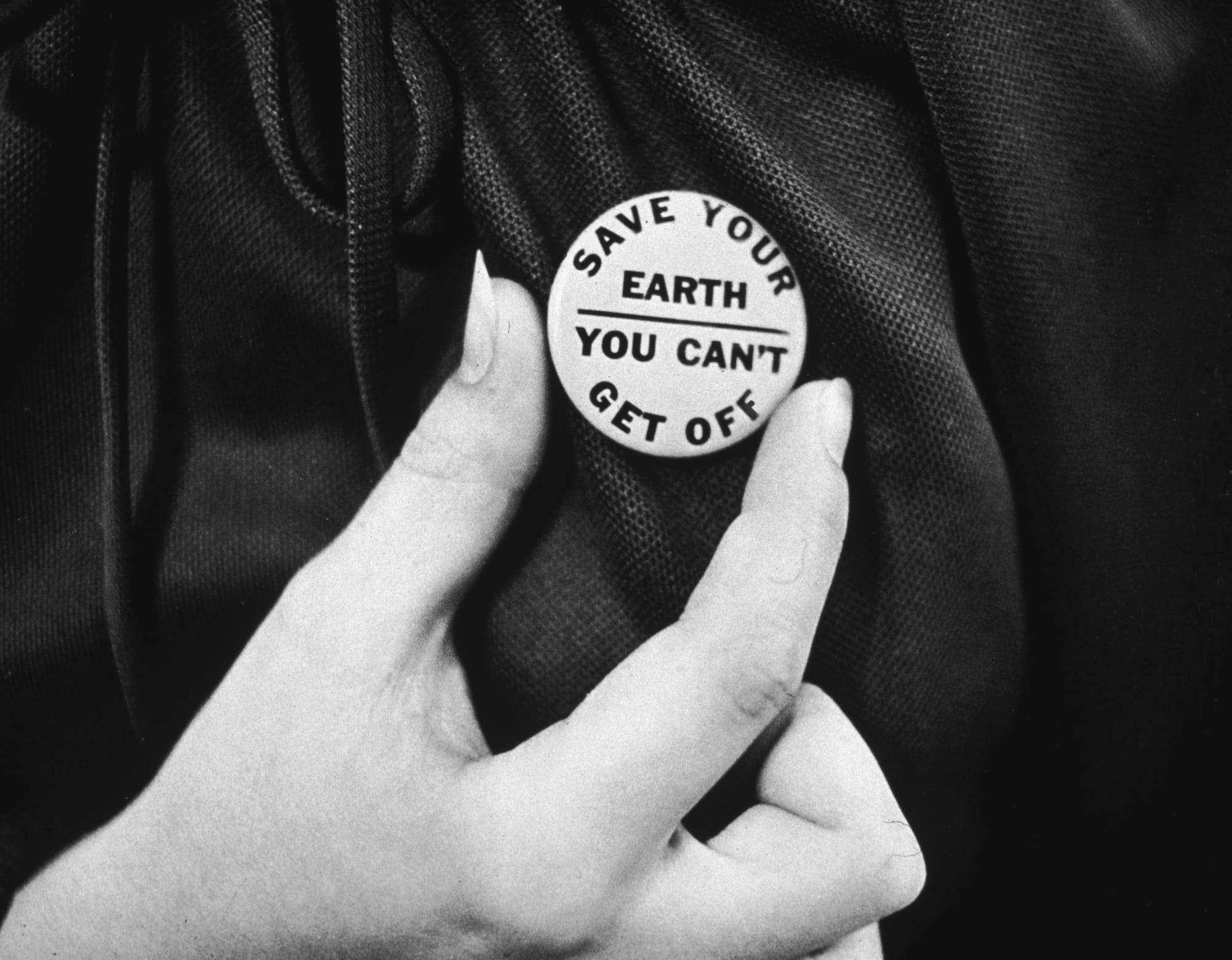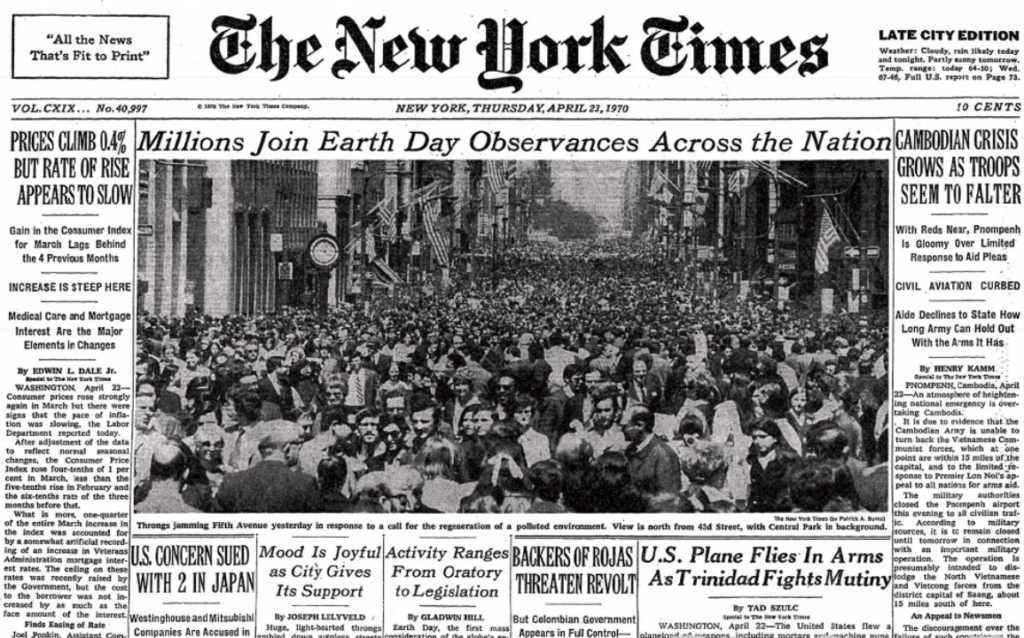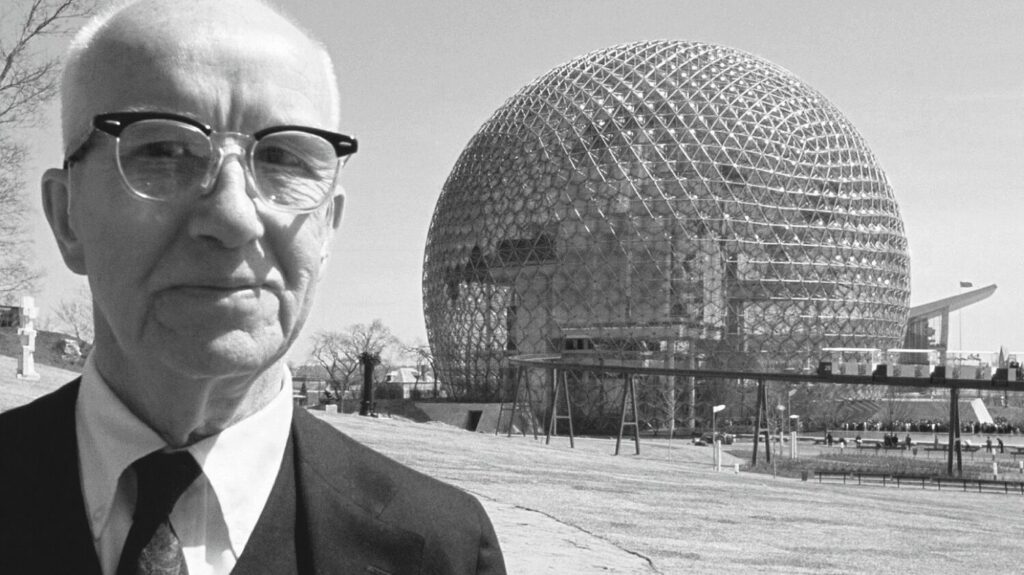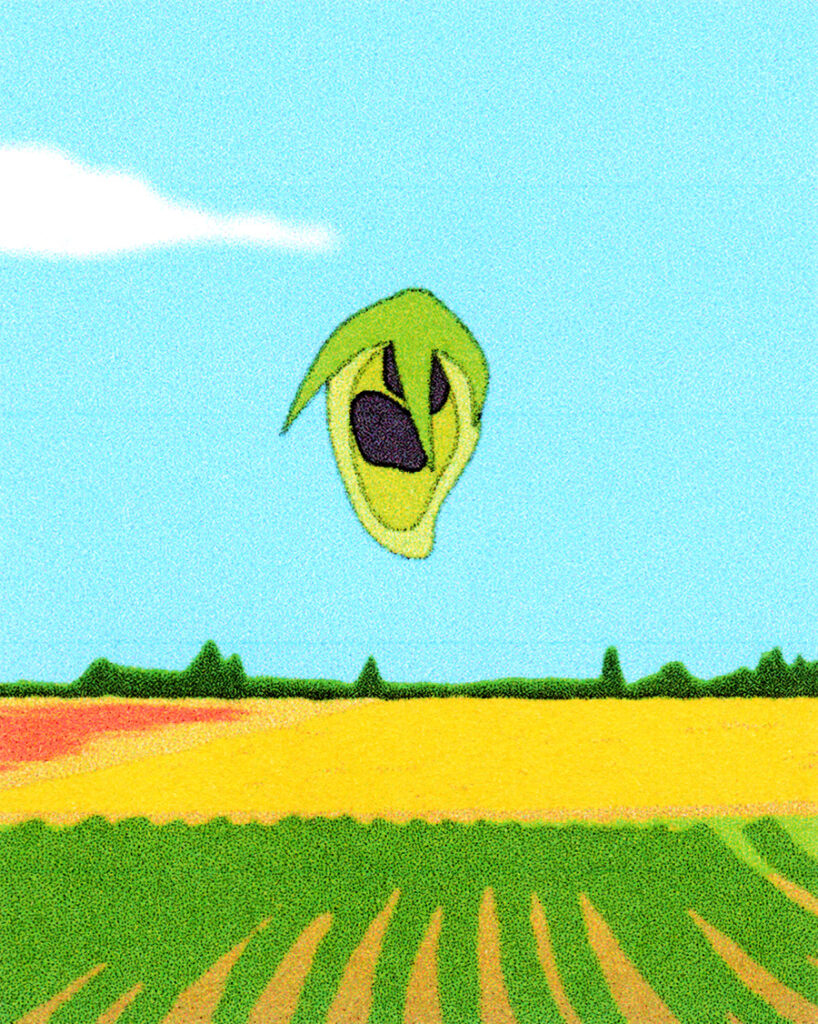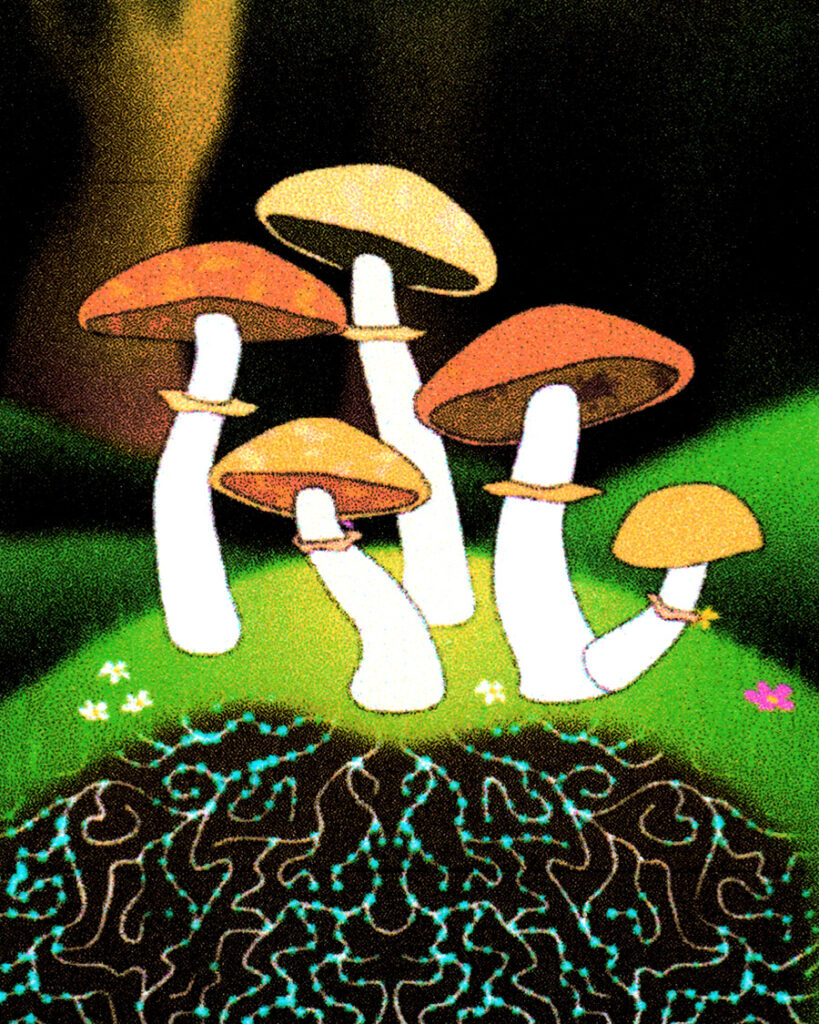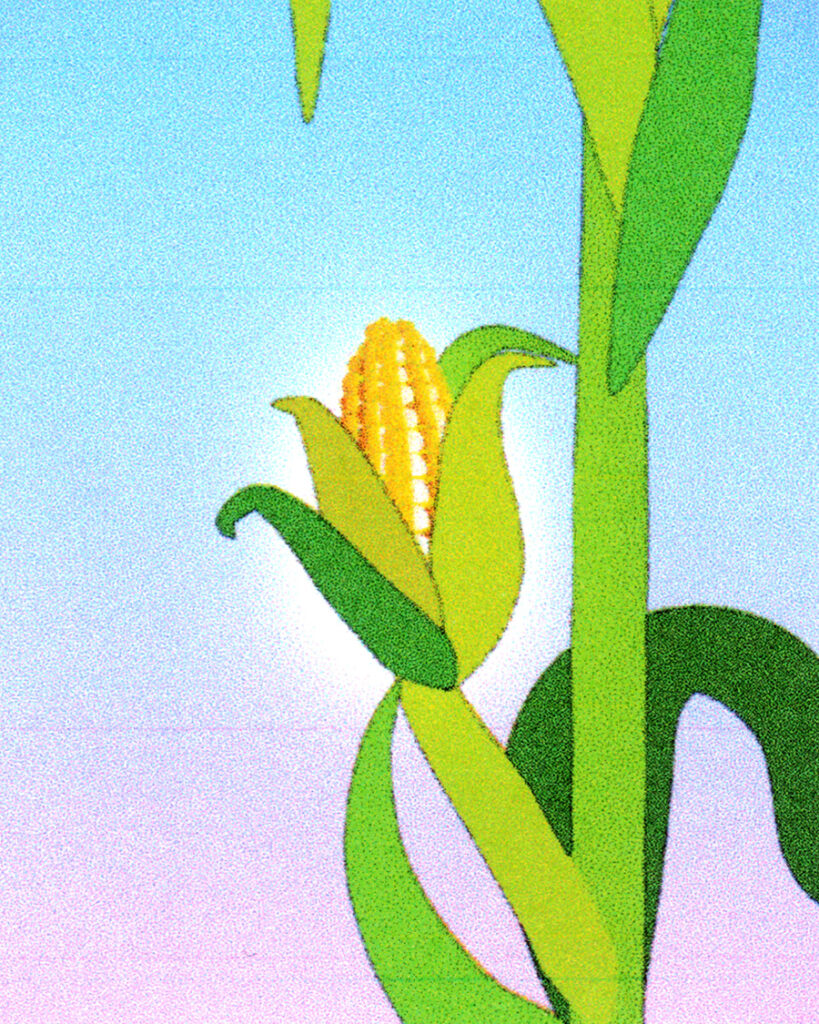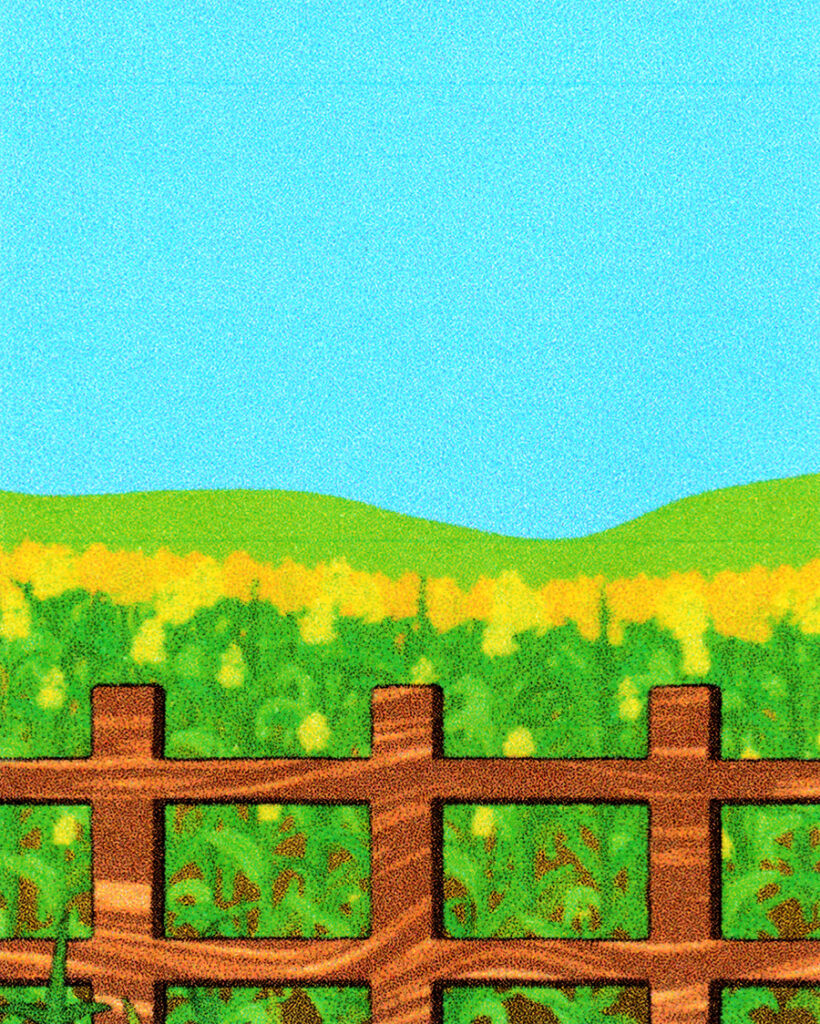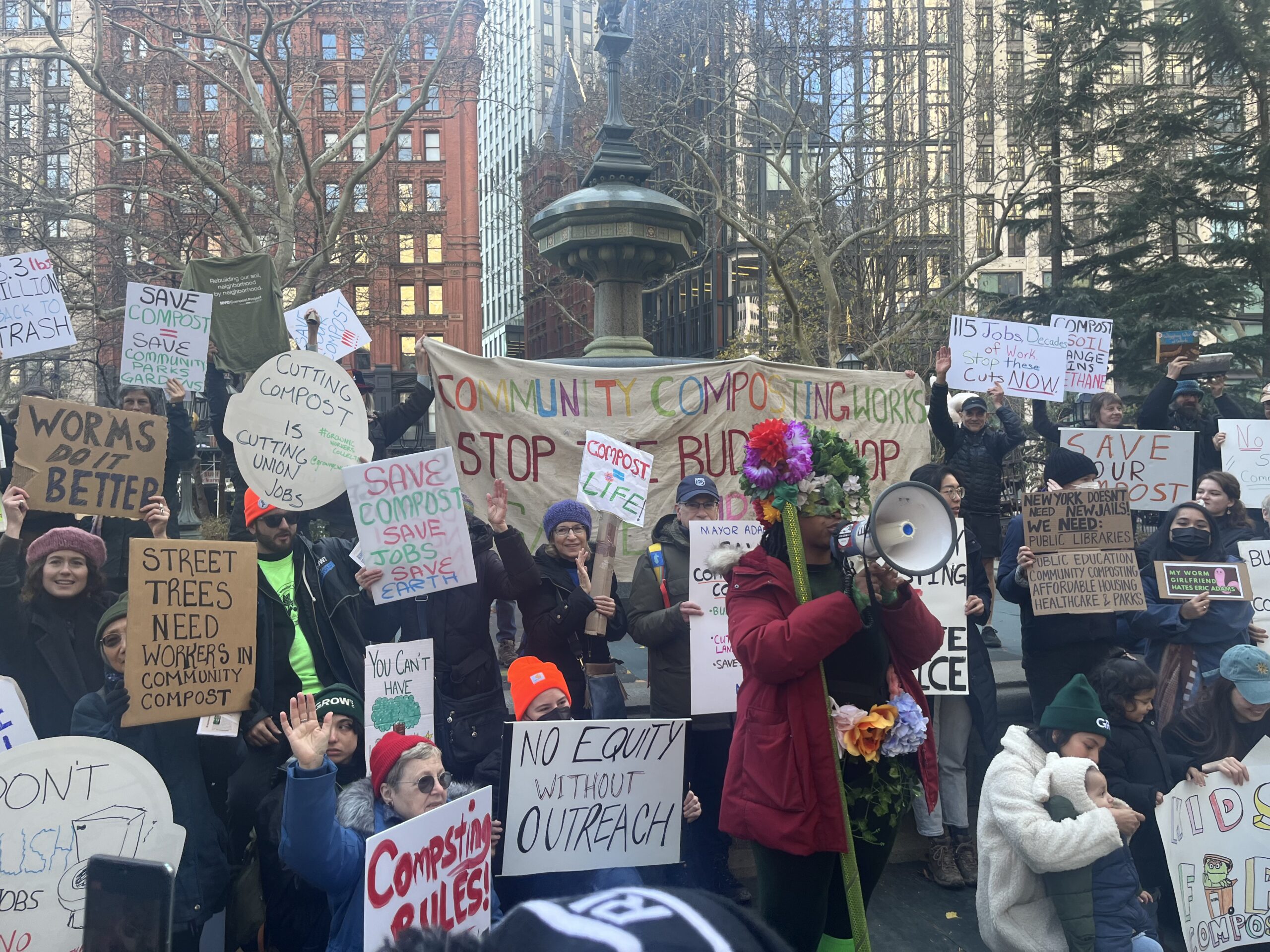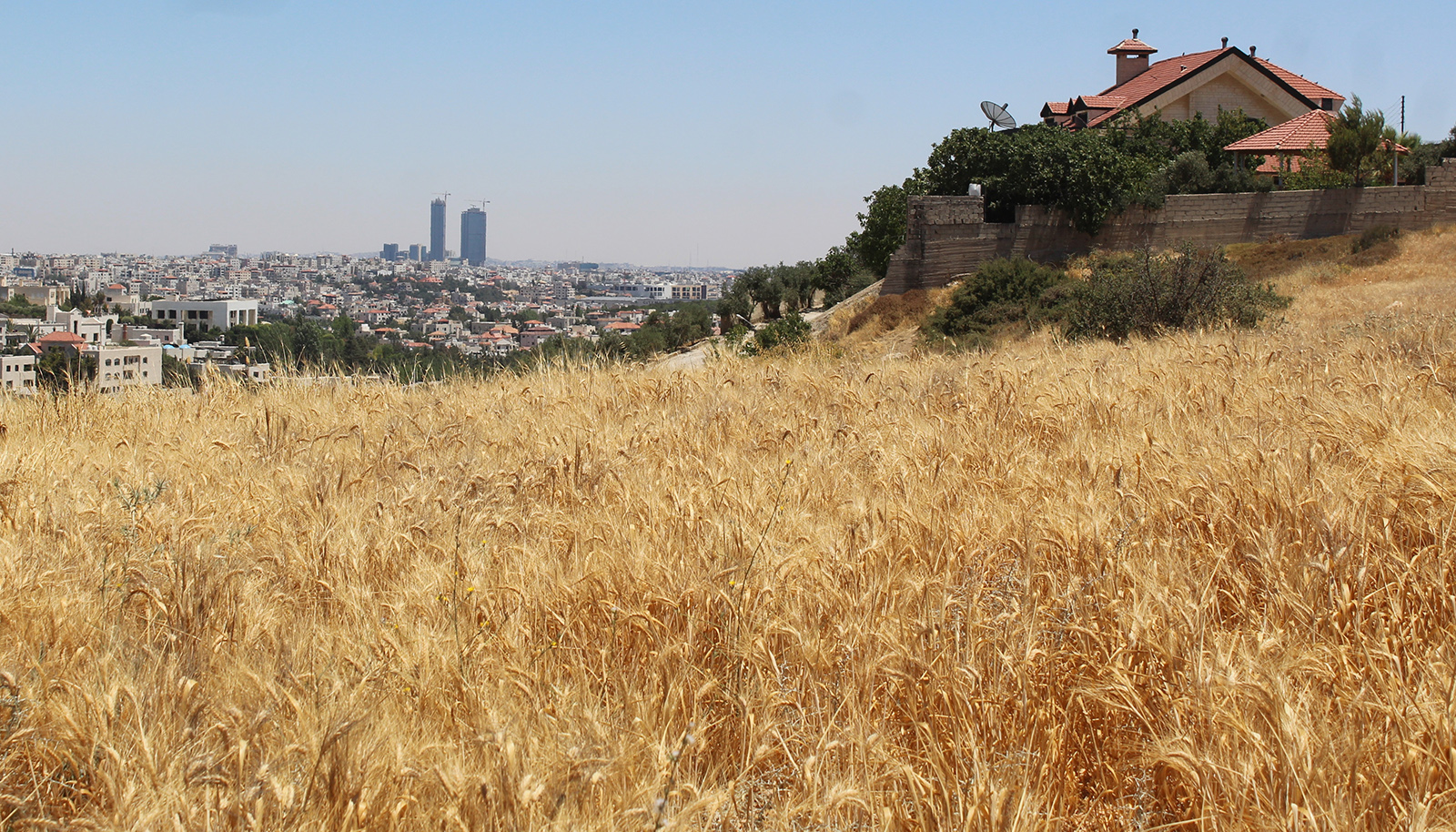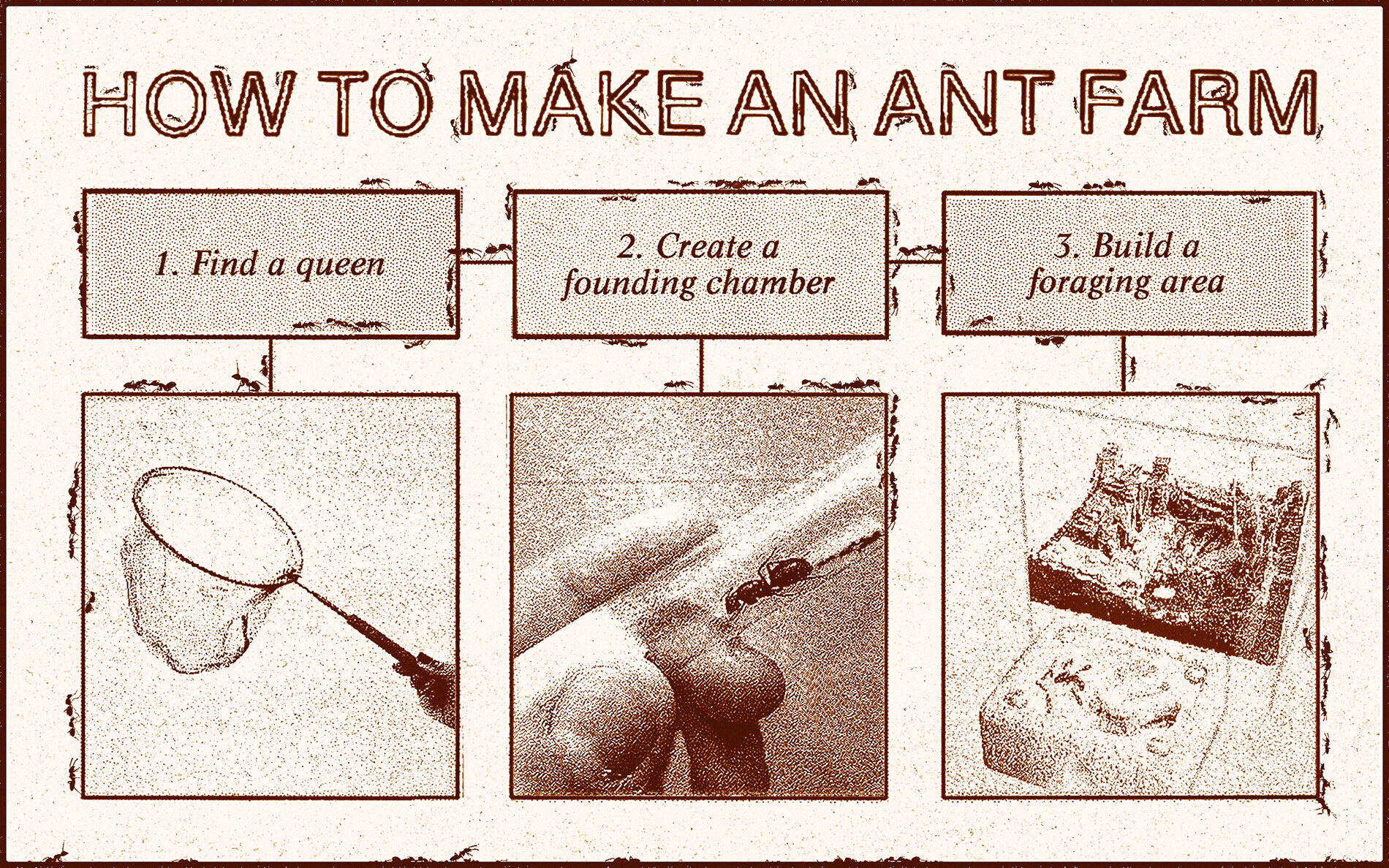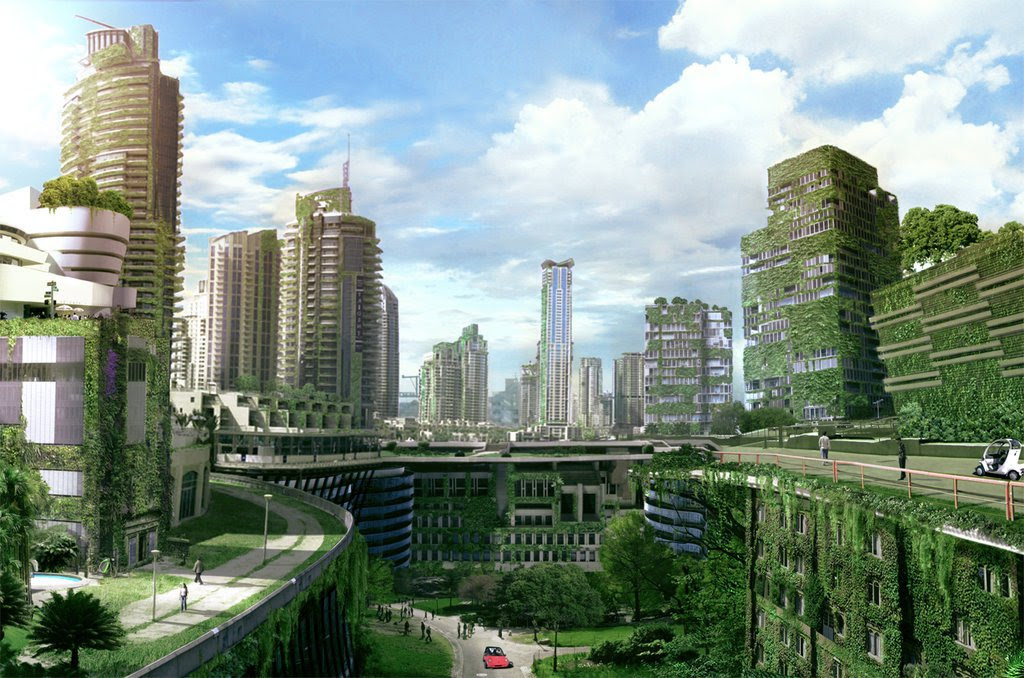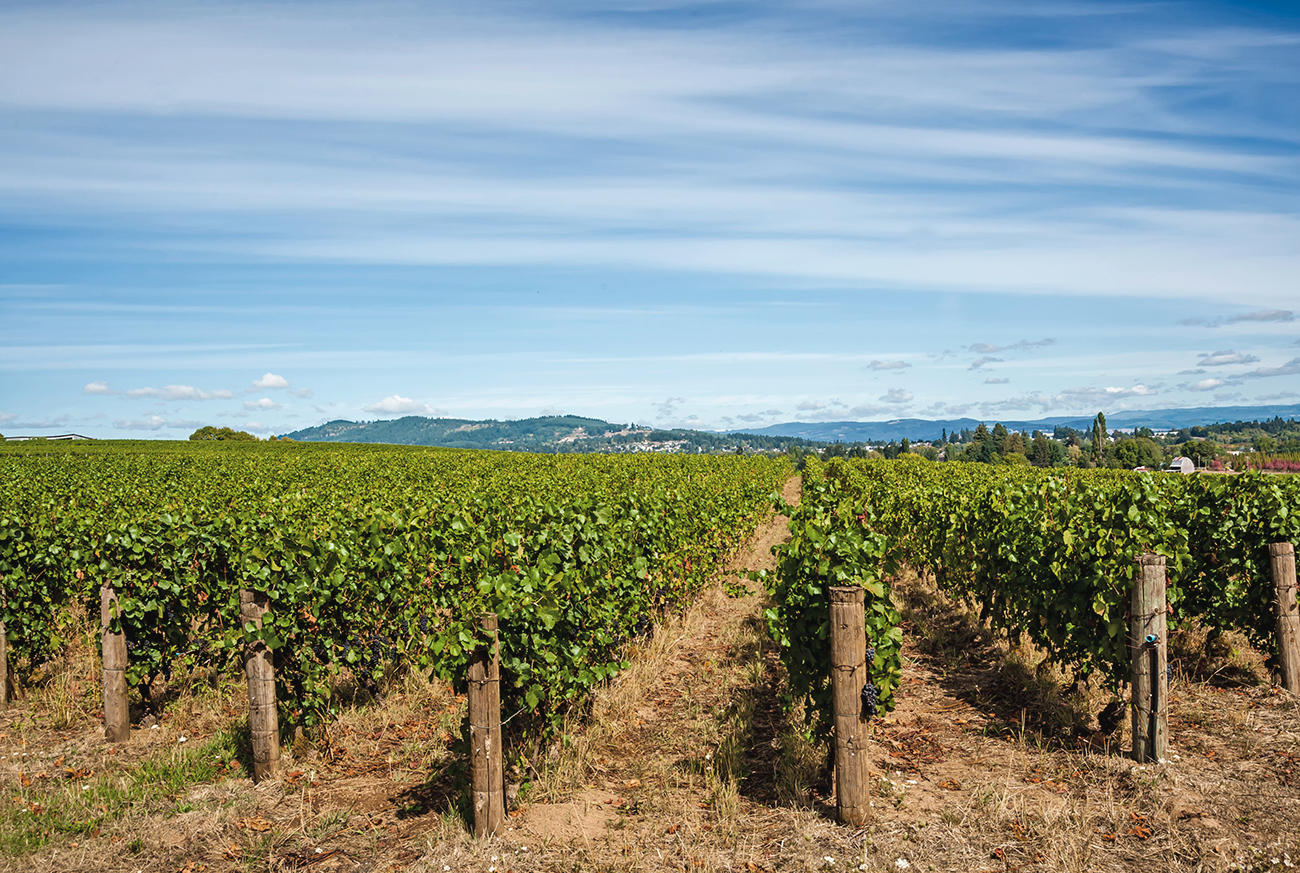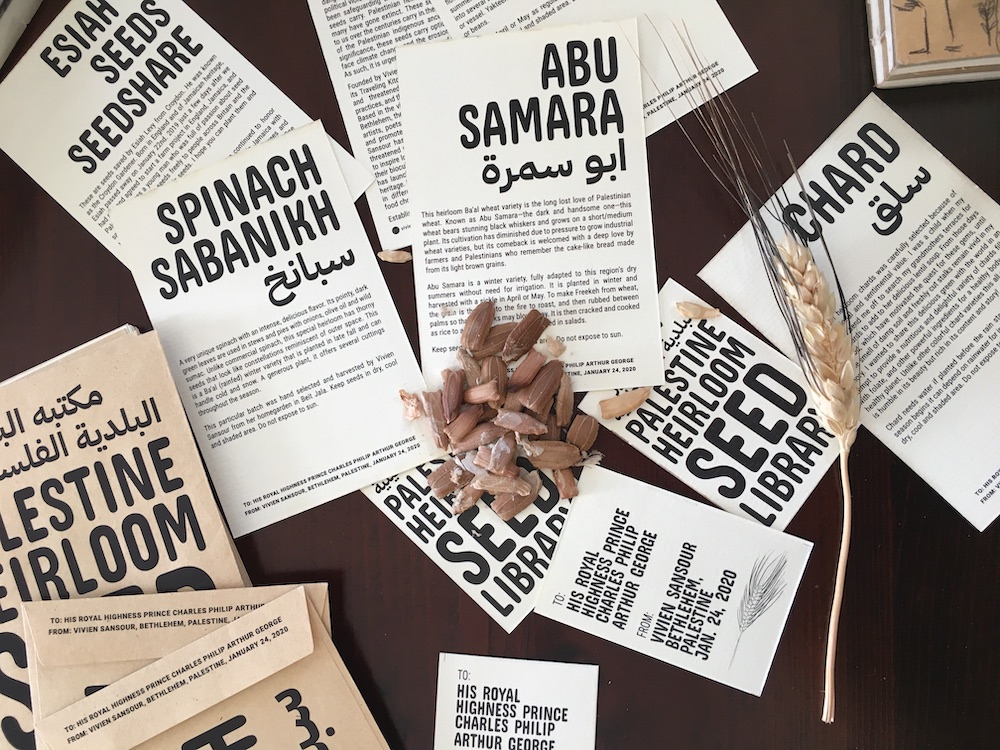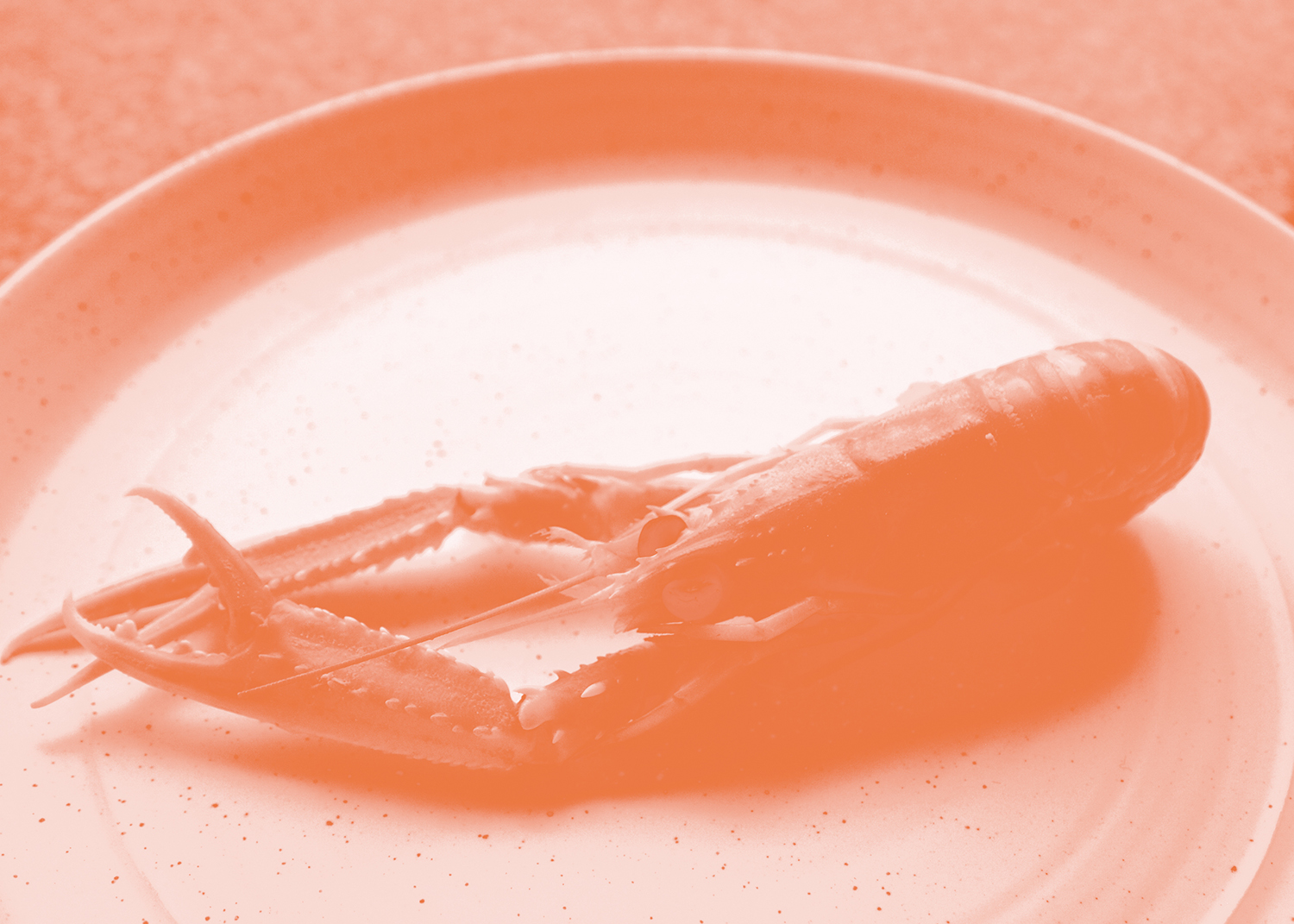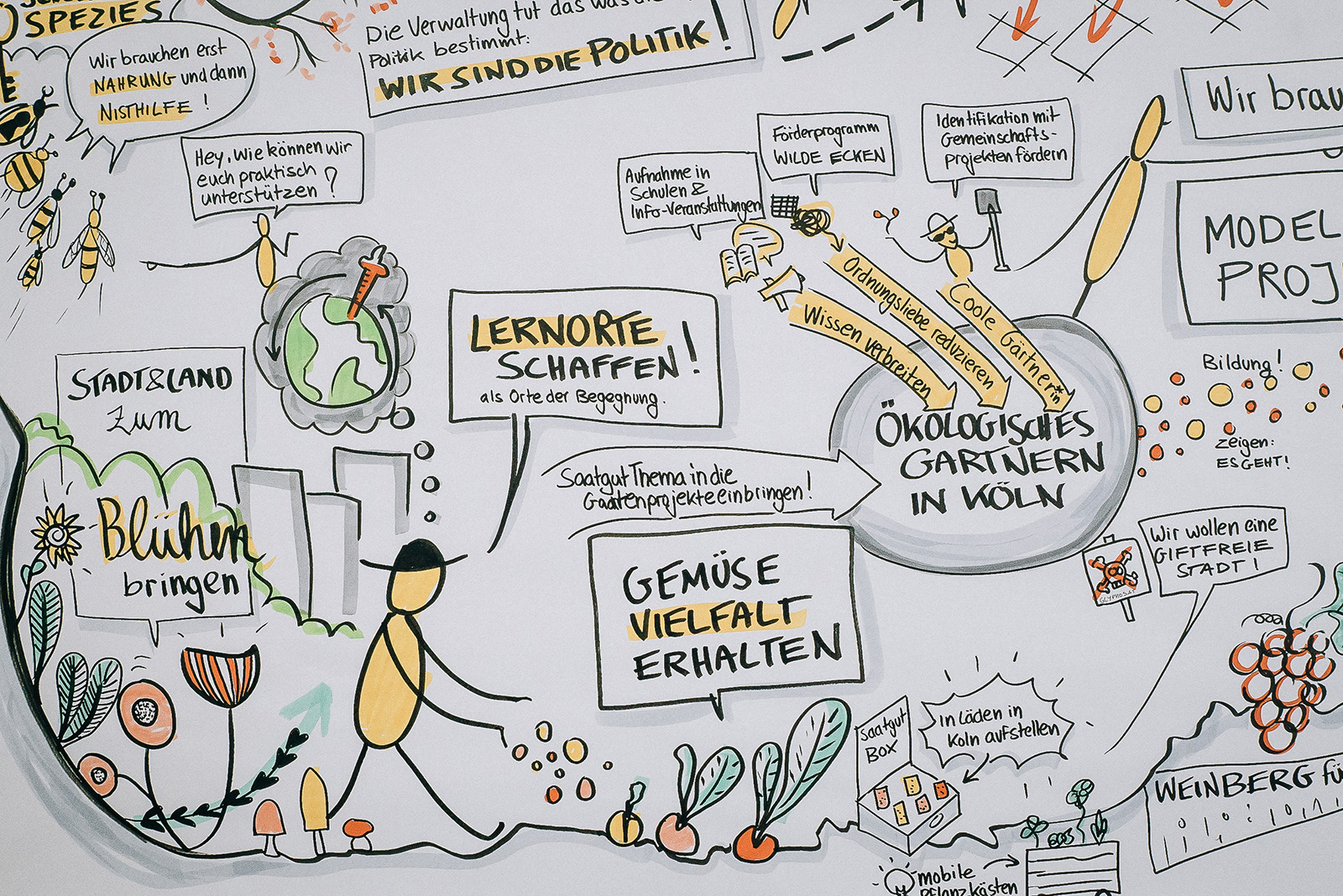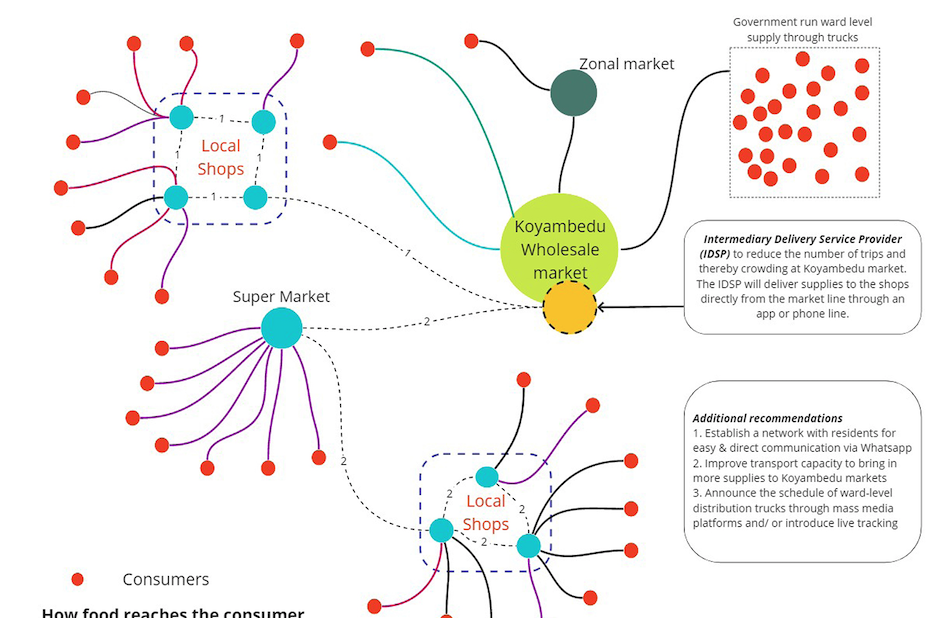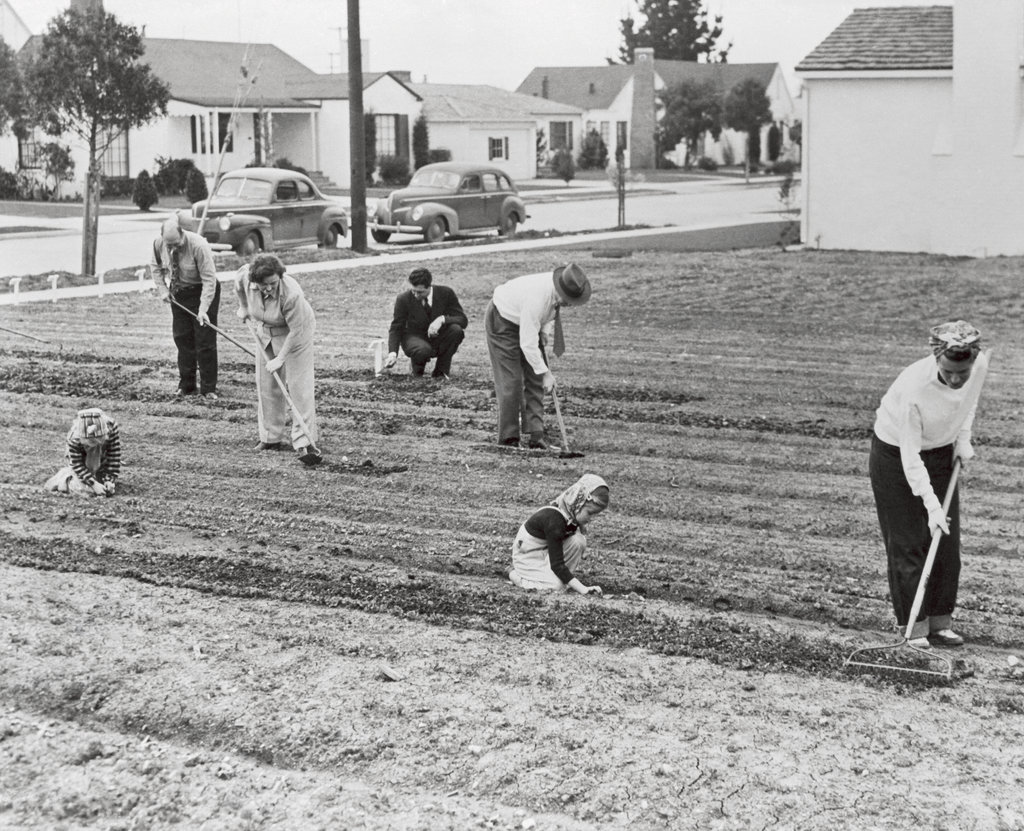This post is in partnership with sweetgreen.
Love your mother. Since 1970, #earthday is an annual reminder that we are interconnected to the health and well-being of mother Earth—when she is thriving, so are we.1 For the run-up to this year’s celebration, we’re partnering with the fast casual restaurant chain sweetgreen for Earth Week on Instagram @thisismold, celebrating the lifecycles of all the human and non-human collaborators that feed and nurture us. As the seed activist Vandana Shiva told us in our Seeds issue, “the future of food depends on remembering that the web of life is a food web.” In concert with the poetic animations of artist Rosa Sawyers, we’ll be exploring threads of that web through sweetgreen’s Low Carbon Collection to honor the life-giving work of our soils, the sun, the rain, and the plants with whom we share a home.
We often think of Buckminster Fuller’s 1969 book, Operating Manual for Spaceship Earth that introduced designers to the idea that we all exist in a closed ecology, hurtling through space, and our survival depends on cooperation, creativity, and designing more equitable futures. This design paradigm is more urgent than ever in the face of our concurrent climate crises and rabid consumer throwaway culture. The rub is that we can never really throw anything away on Spaceship Earth. As we design products and systems that define how we live today and the future, “we can aim to increase the health of every adjacent system, creating cascading cycles of value creation,”2 rather than blindly accepting the negative impacts of unintended consequences. Listening to indigenous communities about nurturing the lands we occupy and benefit from through a globalized food system is a small step towards designing WITH our Spaceship and all of its passengers.
- 2. Check the Buckminster Fuller Institute’s open-source wiki, the Co-operating Manual for Spaceship Earth project
Super Green Goddess
The humble lentil is the powerhouse of the legume family. One of the first foods to ever be agriculturally cultivated, this ancient ingredient has served as a backbone in human diets for thousands of years. Over the centuries, lentils have come to represent abundance for their seemingly magical ability to expand and stretch meals further while filling hungry bellies. In a tradition rumored to have started in Ancient Rome, people in many countries eat lentils at the threshold of the new year in order to usher in a period of prosperity.
Evidence of humans’ relationship with lentils have been found on the banks of the Euphrates River in modern-day Syria, where traces of lentil cultivation dating back to 8000 B.C can be found.3 Lentils, like other crops in the legume family, fix nitrogen in the soil by drawing down and storing carbon from the air in their root nodules through a symbiotic relationship with soil bacteria.4 This nitrogen improves soil quality, feeding other plants without the use of chemical fertilizers. sweetgreen’s Super Green Goddess bowl velvety lentils, served spooned over a bed of shredded greens and crunchy veggies, are farmed in Montana without using irrigation, conserving water use and providing low-impact nourishment that allows us to eat in alignment with the earth.
- 3. https://www.npr.org/templates/story/story.php?storyId=99054419#
- 4. https://www.dw.com/en/pulses-more-than-just-a-meat-alternative/a-56513673
Shroomami
Mushrooms serve as a conduit for connectivity in our ecosystems. They create networks for interspecies information exchange, facilitate the transformation of decay into new life, and help other species around them obtain nutrients. The mushroom types that we most often find on our plates, like portobello or white button, are saprotrophic, which means that they break down decomposing plant matter and convert it into nutrients. Mushrooms serve as pacemakers in the cycle of regeneration. By ensuring the rapid return of nutrients to the ecosystem, they in turn boost the life cycles of other plant species, insects, and animals while creating healthier soil ecosystems.
As stewards of new life, mushrooms are also beneficial for our diets, offering tasty nourishment that protects the immune system. Tap into the world wide mycelial web with sweetgreen’s Shroomami bowl and take this low carbon, plant-based portobello bowl as an invitation to get in tune to the cycles of Mother Nature.
Guacamole Greens
The corn of the future is from the past. Currently, only about six varieties of corn are grown in the United States despite there being over 12,000 varieties across the world. This turn toward species homogeneity can be attributed to the industrialization of agriculture and the worldwide reliance on corn not only as a form of sustenance for people, but also as an essential crop for animal feed and fuel. In order to meet the needs required to feed a growing population, traditional farming practices and native species have been put to the side in favor of mass production. However, the turn toward the monocrop has left the global food supply vulnerable to climate disaster and disease, which increases the risk of catastrophic loss. In thinking of what the future of our food system looks like, scientists have made the case for local agriculture and native varieties as a necessary way forward to addressing world hunger.5
sweetgreen works with local farmers to source fresh ingredients that promote resilient food systems. For example, the tortilla chips in the Guacamole Greens bowls served in Denver use corn grown by indigenous farmers based in Colorado who are combating biodiversity loss by growing native varieties of corn. By cultivating a more biodiverse diet that benefits the ecosystem and the gut, these farmers are helping to create more sustainable cycles of eating while building resiliency in the face of climate change. This corn is then turned into chips at a wind- and solar-powered tortilla factory where masa is spread into thin sheets and baked into triangles, giving this signature bowl its extra crunch.
Crispy Rice Bowl
Resilient eating takes on new dimensions with sorghum. In recent years, the ancient grain has seen a resurgence in popularity with both farmers and consumers. For farmers, sorghum, often called ‘the camel of crops’, has become a reliable, drought-tolerant crop to grow in a time of increased water scarcity. Requiring only ⅓ of the water of its more popular counterpart, corn, sorghum is also a hardy crop able to withstand extreme weather conditions and poor soil. While sorghum is an essential part to many diets across the globe, currently it is most commonly used as animal feed. The crop, however, is also being seen in a new light for its gluten-free properties, with consumer demand booming as sorghum flour has become a popular gluten-free alternative.
This ancient grain is also commonly used as a cover crop to fertilize and build healthy soils. Farmers have long used the cover crop process of cycling specific crops through agricultural fields to restore nutrients to the soil, attuning themselves to the rhythms of the earth. Our changing climate necessitates a new way of eating that looks like a return to our past. sweetgreen’s tangy and textured Crispy Rice Bowl features puffed rice blended with sorghum, which is dry land farmed by their partner farmer Nu Life in order to conserve water.
